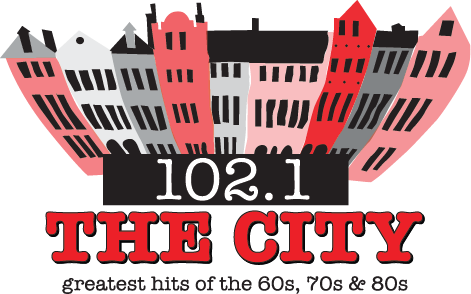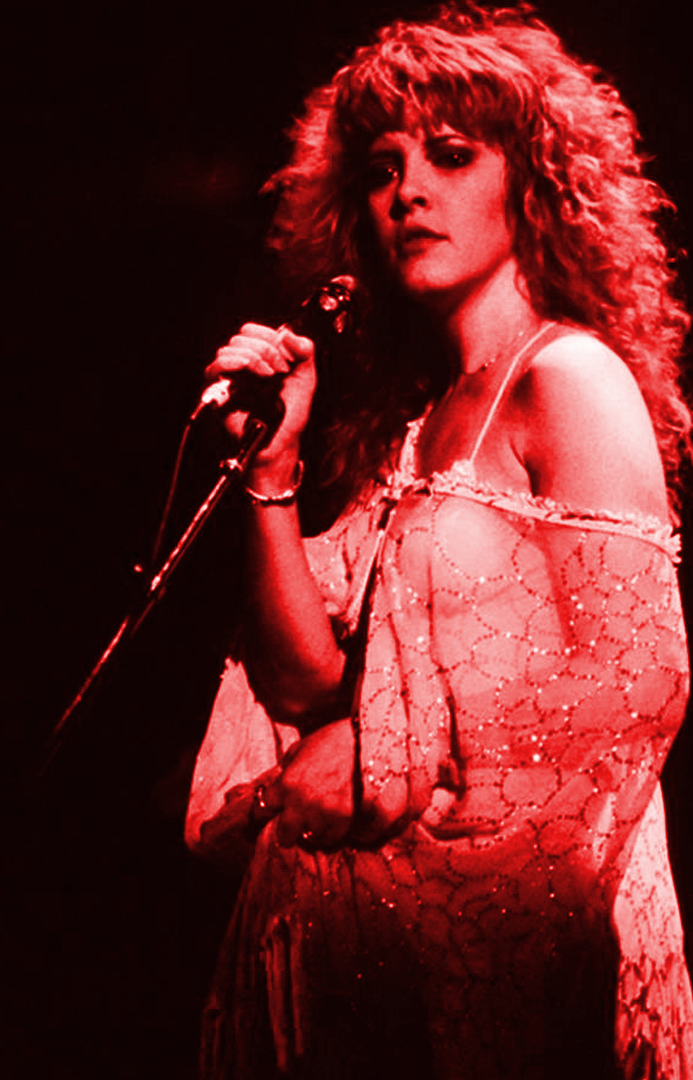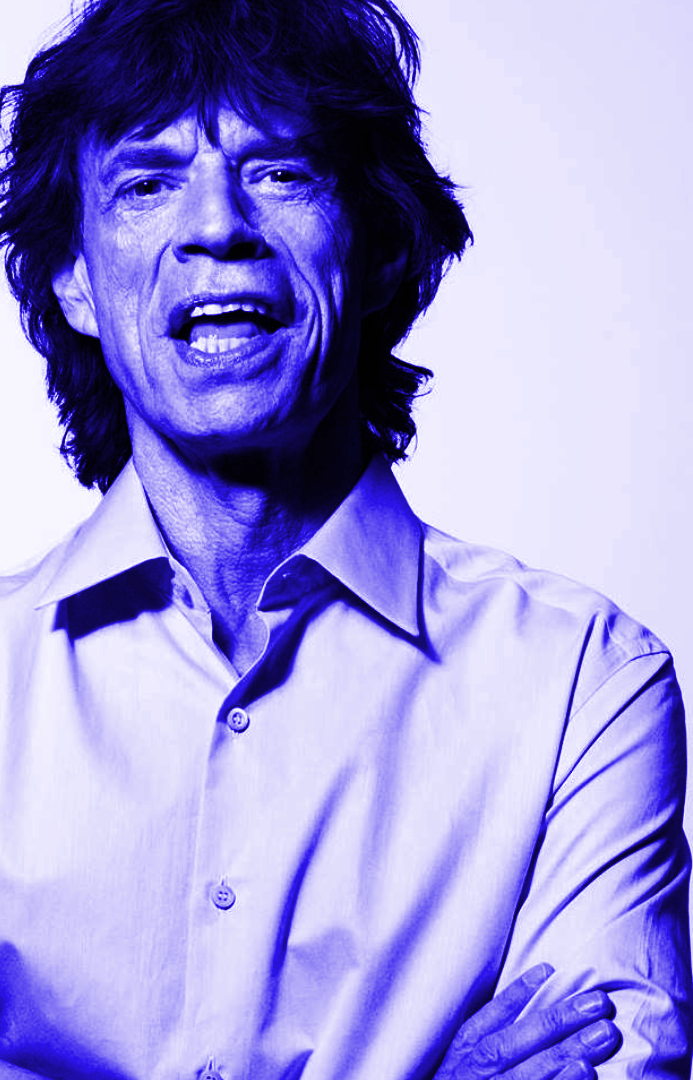Wadmalaw Island family adopts 21 children from around the world; highlights embryo adoption
WADMALAW ISLAND, S.C. (WCBD) – As the Thanksgiving holiday approaches, one Lowcountry family has 21 special reasons to be thankful.
The Thornley family on Wadmalaw Island has 21 children, all adopted from around the world. But the youngest little Thornley traveled a different route to join the family – and it all proves a family simply requires love and not necessarily DNA.
News 2 first introduced you to the Thornley family back in 2017; at the time, they had 12 children who were adopted from countries around the world. Now, George and Diana Thornley have 21 children aged 12 months to 23 years.
Having this many mouths to feed comes with a hefty price tag when it comes to buying groceries. “It is roughly a little over $4,000 a month,” said Diana. “That is watching what we spend, having a couple of vegetarian meals a week. We are lucky to get some donations from Panera every other Friday night, so that helps out a lot.”
And the pair make it work. The family also has two passenger vans, and the older kids have cars and jobs.
“Our “why” for doing it, is because kids need families. Kids need homes. No child asked to not have a family,” said Diana.
“I think it’s amazing to see how I get supported with everybody. They care for me a lot, and I love them all,” said 12-year-old Carlee Thornley.
George is an engineer with the Department of Defense and has three biological children from his first marriage. He designed their nine-bedroom Wadmalaw Island home, and they make use of every inch.
The youngest Thornley, Chance, joined the family by way of a different adoption method.
“We have baby Chance, and we adopted his embryo, and he was in Tennessee. Right now, in America, there are about a million embryos just sitting frozen that are potentially children, and we decided we wanted to bring another child in the home, and I had friends who had done embryo adoption,” Diana explained. “I said I would look into it. I want to get the word out about embryo adoption because everywhere I go, people do not realize that is an option, and clearly, I needed help getting pregnant.”
She went on to say, “I was 48, the day before 49. He was born the day before my birthday, and so it’s a great conversation piece because people have no idea, and so it’s a great option for some people to know there are so many embryos out there that need a chance.”
According to the National Institutes of Health, from 2004 to 2019, there were 21,060 frozen donated embryo transfers in the United States, resulting in 8,457 live births.
“It certainly is being utilized more and more,” says Dr. Jeris Cox, founder of Adore Fertility.
She helped the Thornleys conceive. “Embryo adoptions have been around since the 1980s, but I would say that probably has not been utilized until the 2000s for the most part,” said Dr. Cox. “Egg donation, sperm donations, and embryo adoptions are all being utilized more and more. I think embryo adoptions are becoming more popular because there is less cost, and sometimes a little less obstacle for couples to be able to go to an embryo that’s already been created. There’s more testing sometimes that’s done, so they know that embryo from the family that created that embryo had healthy kids, so we know that embryo has a very good likelihood of creating a healthy child. All of those factors in to give parents a little more reassurance, especially if they have to choose between donated eggs, and sperm to create their own embryo, or if an embryo is already created.”
Dr. Cox says the cost could run around $20,000 per embryo.
Most clinics have age limits between 50 to 60. “I think for patients, a couple of different things make this an option. For older patients, older women unfortunately our eggs run out of use in our early 40s, and for older women who want to have families later in life, it’s a great option, because they either have to use a donor egg from someone, or they can choose to take a donor embryo of life created and give full life to that by carrying that pregnancy. Some couples who have fertility issues that are younger and have egg and or sperm issues have to use a donor egg and donor sperm, or they can choose to adopt an embryo and carry that embryo to give life as well. Those are typically the patients we see who are doing embryo adoptions,” she explained.
“I went through all the prep work to get my body ready. I was able to carry him successfully. They induced me at 37 weeks due to me being older, and it was absolutely amazing,” said Diana.
“I think what she has done in her life as for as donating her life to adopting and fostering children is amazing. I also think she always wanted to be able to carry on her own, but life circumstances did not work out that way for her upfront, so embryo adoption was an amazing way for her to continue to get to adopt children,” says Dr. Cox.
The older Thornley siblings say the more the merrier. Izzy Thornley, 16, says “Seeing him be born, and being so loved and how he came to be with our family was pretty awesome.”
The eldest Thornley sibling, 23-year-old Thomas Thornley, recently graduated from the College of Charleston. He says, “It’s more of a blessing. Learning about embryo adoption, that’s actually really cool. I didn’t know you could do that. With all that’s going on in the world today, that’s one way to make the world a better place. I want the world to know, that our family is like God’s family, very diverse, and we do our best to love each other.”
The Thornleys say they have not completely ruled out welcoming more children in the future, but for now, it’s 21.
“At this point, we’re very happy with him and very happy with our family,” said Diana.
Click Here for the Full Article
Author: Octavia Mitchell







